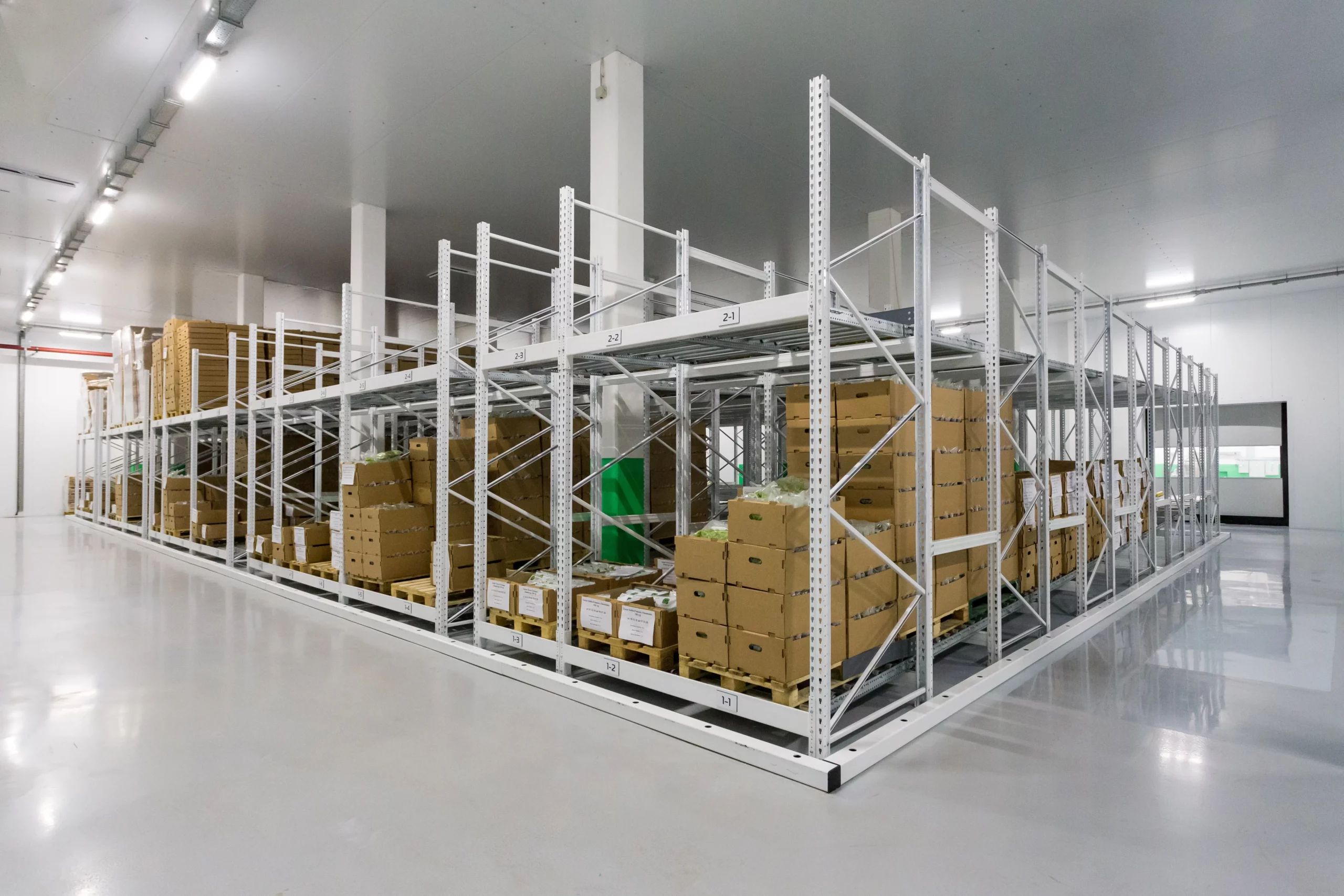
Aggregate Planning: Tips & Strategies
Introduction: Strategic production planning is essential for businesses aiming to meet demand efficiently while maximising profits. Producing too few items...

Get 20€ off on your first order!
With a well-executed Total Cost of Ownership (TCO) evaluation, procurement professionals can not only control costs effectively but also enhance their overall operational performance.
Total Cost of Ownership (TCO) encompasses a holistic assessment of every cost related to the ownership and operation of a specific asset or product over its lifetime. This includes not only the initial acquisition cost but also ongoing expenditures like maintenance, support, and training, as well as potential risks. A thorough identification and evaluation of these costs empower businesses to make well-informed decisions that can reduce expenditure and enhance operational efficiency.
If you want to read more on mastering Total Cost of Ownership for your procurement strategy, donât miss our previous article: Mastering TCO: The Essential Guide for Procurement Professionals
In this practical step-by-step guide, we will walk you through the actual process of calculating your TCO.
Here are the 6 steps you are about to read:

Before embarking on your Total Cost of Ownership (TCO) calculation, you must first define the scope and objectives of the analysis.
Determine the specific asset or product you want to evaluate and establish the purpose of the TCO assessment. Are you comparing different suppliers or assessing the viability of an in-house solution? Clarifying these aspects will help you focus your efforts and gather the necessary data for an accurate TCO evaluation.
To calculate TCO comprehensively, it is essential to identify and categorize all the costs associated with the asset or product under consideration.
Some common cost categories include:

Once you have identified the cost categories, collect the relevant data to quantify the costs accurately.
This may involve consulting financial records, supplier agreements, maintenance logs, and other relevant sources of information. Ensure that you capture both direct costs (easily quantifiable) and indirect costs (challenging to quantify but equally important) to get a holistic view of the TCO.
Understanding that costs are not just one-time events, but rather they span over the life cycle of a product or service, it’s essential to calculate the present value of these future costs. This gives a clearer picture of their real impact on your present financial status.
The present value of future costs takes into consideration the current value of money that will be spent in the future. This process, known as discounting, accounts for inflation and the time value of money – the concept that a dollar today is worth more than a dollar in the future due to its earning potential.
To calculate the Total Cost of Ownership (TCO) in procurement, you would typically follow this simple formula:
I + M – R = TCO
While it might sound a bit complex at first, plenty of financial models and TCO calculators are available to simplify this process, making it easy for beginners and ensuring accuracy in your calculations.
Once you have quantified and discounted all relevant costs, it’s time to analyze the data and gain meaningful insights.
Consider the following factors during your analysis:
Armed with a thorough understanding of the TCO data and analysis, it’s time for you to start making informed decisions and implement effective cost-control strategies.
Consider the following approaches:
By understanding and leveraging the Total Cost of Ownership (TCO) concept, businesses can make well-informed decisions that drive cost control and operational efficiency.
Calculating TCO involves defining the scope, identifying cost categories, quantifying costs, discounting future expenses, analyzing data, and implementing cost control strategies.
With a comprehensive TCO evaluation, businesses can optimize procurement decisions, negotiate better contracts, and drive long-term cost savings.
Take advantage of TCO analysis to gain a competitive edge and unlock greater value from your procurement processes.
Remember, TCO is not a one-time calculation but an ongoing process that requires periodic reassessment. Regularly review and update your TCO analysis to adapt to changing market conditions, technologies, and business needs. By prioritizing TCO evaluation as an integral part of your cost analysis and control strategy, you can enhance your organization’s financial performance and achieve sustainable growth.

Thank you! You've signed up for our newsletter.



















Introduction: Strategic production planning is essential for businesses aiming to meet demand efficiently while maximising profits. Producing too few items...

Finance and purchasing leaders are always looking for ways to cut costs for the company. When you focus on cost...

Procurement cost reduction solutions optimise an organization’s financial resources, enabling it to produce high-quality products and services and increase profit...

Introduction: Strategic production planning is essential for businesses aiming to meet demand efficiently while maximising profits. Producing too few items...

Finance and purchasing leaders are always looking for ways to cut costs for the company. When you focus on cost...

Procurement cost reduction solutions optimise an organization’s financial resources, enabling it to produce high-quality products and services and increase profit...
Get 20€ off on your first order!
Save 30% by buying directly from brands, and get an extra 10€ off orders over €100
Save 30% by buying directly form brands, and get an extra 10€ off orders over €100